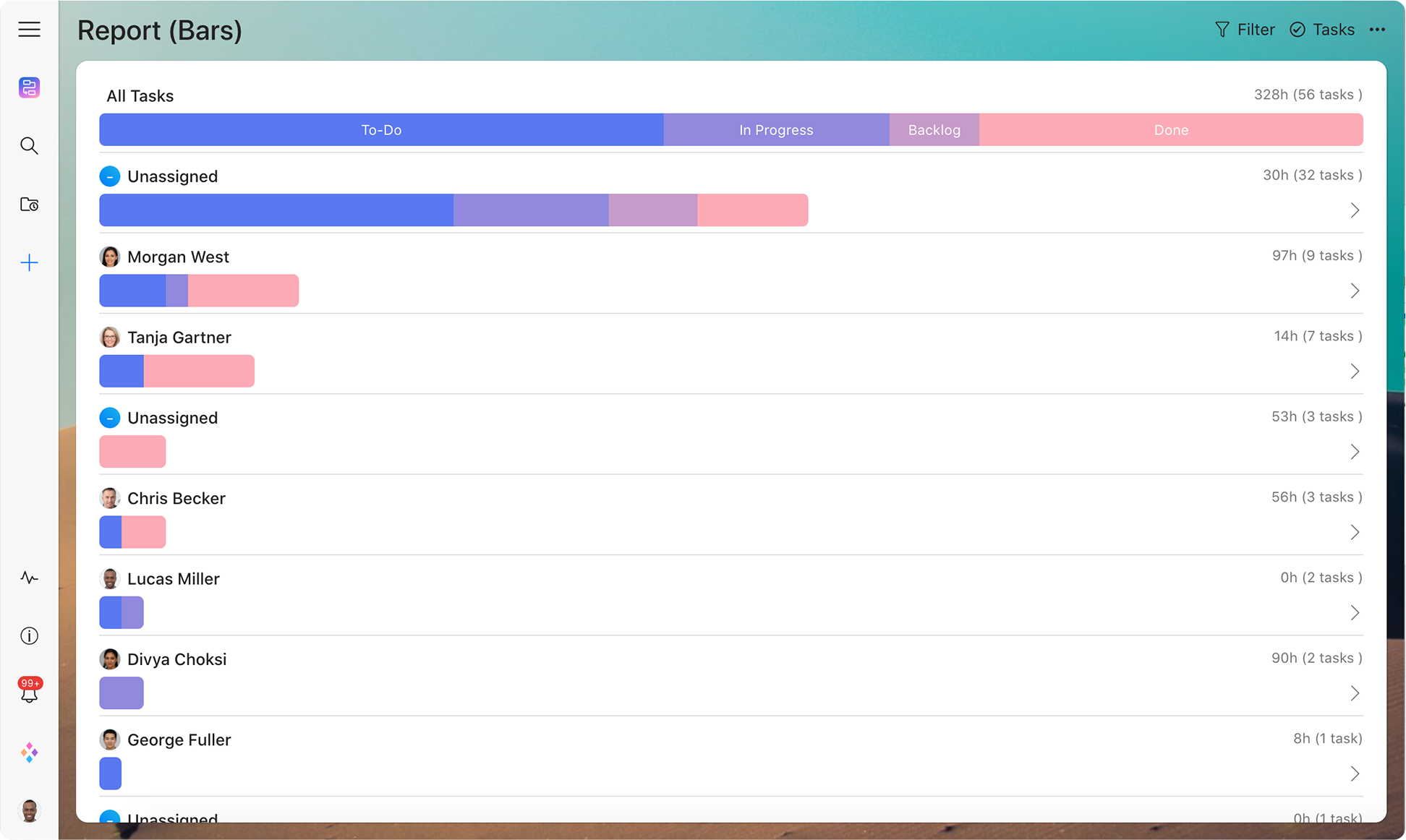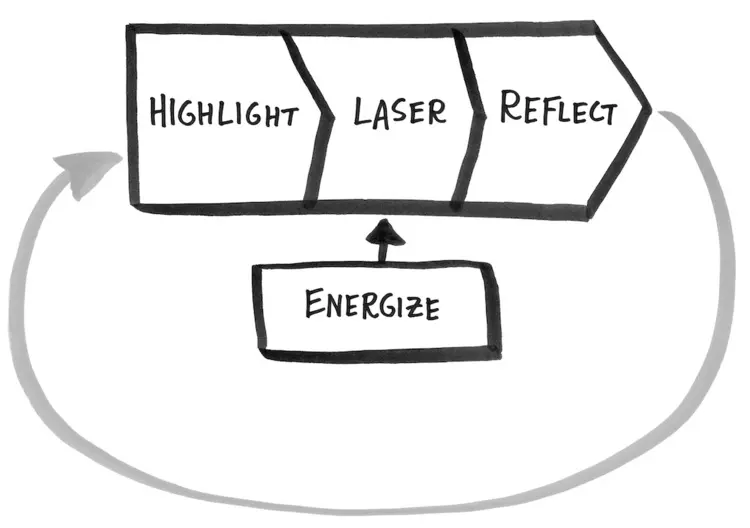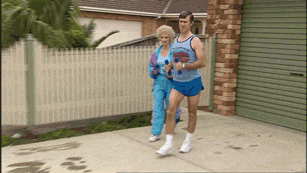J. Knapp and J. Zeratsky: How to Make Time
Redesign your day so you can focus on what matters

Citizens of the 21st century live in a constant state of busyness. Immersed in a culture that places busyness on a pedestal, the more things we’re occupied with, the more effective it appears that we are. This results in having no time to do the things that matter to us, whether it’s spending time with our family or pursuing a personal hobby.
Authors of Make Time: How to Focus on What Matters Every Day, Jake Knapp and John Zeratsky offer up a solution in their book. Instead of ticking tasks off our to-do lists quicker or perfecting the art of time management, they propose we redesign our time so that we can spend a portion of it on the things we truly care about.
In this article, I’ll go through the Make Time approach, why it came about, and then attempt to redesign my day.

The way we lead our lives and the reason why it’s so consumed with so many tasks is that we are reacting to the standards set up by our society. That’s what the former designers and bestselling authors, Knapp and Zeratsky say. They use their experience and knowledge from their time at tech heavyweights Google, YouTube, and Microsoft, and writing their first book, Sprint, to come up with the Make Time method.
As adamantly stated in the first few pages, Make Time: How to Focus on What Matters Every Day is not a productivity book. The advice and information featured are not groundbreaking and the authors themselves note this. What this book offers is a framework that can assist you in creating more time in your day through a set of tactics and a four-step system. A more realistic approach than the major life overhaul that’s typical in other self-help books, Knapp and Zeratsky’s methods highlight how you can adjust your current environment to make time.
If We’re Not Busy, We’re Distracted
Living in this digital world can be a double-edged sword. While we’re fortunate to have so many conveniences at our fingertips, it can also be detrimental as there are so many apps and services that absorb our time. Knapp and Zeratsky narrow down our lack of time to two things, things that keep us busy and things that keep us distracted. They are categorized into two groups; the “Busy Bandwagon” and the “Infinity Pools”.
The Busy Bandwagon category is made up of the things that keep you busy such as work commitments and life admin tasks. It also refers to the present-day attitude that tells us that the busier we are, the more productive we are and that if we’re not as busy as everyone else around us, we will fall behind.
The Infinity Pools describe the things that keep us distracted. This is the category which social media, apps, clickbait material, and other sources of limitless content fall under. The main attribute of an Infinity Pool is that it can always be refreshed, providing you with a never-ending source of distraction.

The reason we engage in these two forces is due to default. Default refers to the systems that are preselected, be it in our software or even in our society. Although settings can be changed, it usually requires some work which is why people are prone to leave things as they are.
These kinds of “defaults”, Knapp and Zeratsky suggest, are prevalent in all aspects of our lives and are the very reason we spend our time either busy or distracted. Things are preconditioned a certain way and our general first reaction is to accept them as they are instead of modifying them to what makes the most sense. For example, business meetings are usually scheduled 30 to 60 minutes long even if the matter can be resolved through a quick chat. Typically, instead of going our separate ways, we are inclined to sit through the entire 30 or 60 minutes because that’s how a business meeting should run.
How to Take Back Control of Your Time
With years of experience between them as designers in the tech industry, the authors knew that it would take more than willpower to escape the expertly-designed apps. So instead of trying to outsmart the software, Knapp and Zeratsky put their design thinking caps on and came up with an approach to how we should be spending our time.
“We don’t have limitless willpower, so every redesign had to be easy to use. We couldn’t erase every obligation, so we worked with constraints. We experimented, failed, and succeeded, and, over time, we learned.”
What they came up with was the idea of redesigning time. What if we adjust the default settings in our lives so we can have a say in how our day is spent? In order to do this, they’ve put forward more than 80 tactics and a four-step framework in their book that can help take readers there.

Experience the power of efficient project management.
Sign up for free today!
The Four-Step Framework That Makes Time
Inspired by a combination of their experience with design sprints, their own experiments, and reader feedback, Knapp and Zeratsky created a four-step framework that can make time if repeated daily.

Step 1: Highlight
The first step is to select a highlight. This is a task that will be your top aim for the day and what your day will be organized around. Because most of us don’t have the luxury to ignore all the things on our to-do lists, including a highlight is a way to take control of how our time is spent. Ideally, it should take about 60 to 90 minutes to do.
Your highlight can be anything. It can be something you want to do or something you have to do. The important thing is that it has to be something that you’ve chosen to do and not something that you are doing as a result of a default reaction.
Step 2: Laser
The second step focuses on how to put an end to the things that cause a distraction so that you can achieve your highlight. Distractions include social media, emails, Netflix, and anything that falls under the Infinity Pool category. By being laser-focused, we are more likely to produce better work.
An important thing to note is that the Make Time method isn’t anti-technology. It just wants you to rethink the way you use them and not succumb to the predetermined defaults that result in wasted time.
Step 3: Energize
The next step is to ensure you are taking care of yourself. Knapp and Zeratsky place an emphasis on energy, as being low on energy can not only affect your health, but it can make you susceptible to distraction and obscure your focus from the task at hand. To keep your mind alert and focused you need to keep your body energized. This includes eating a balanced diet and engaging in regular physical exercise.
Step 4: Reflect
The last step of the Make Time method requires you to reflect. The purpose of this step is so you can evaluate your day, and the tactics used, and find out if there is room for improvement. Take a few moments every day to examine what worked, what didn’t, the challenges you had to overcome, and how you overcame them.
This gives you the opportunity to think about how you’ll approach things the following day and what changes you need to make. Once this is done a few times over, you’ll develop a daily system unique to your practices and habits that will help you achieve your highlight.

Implementing Tactics and Making Time
“We can’t get you out of every pointless meeting or magically set your inbox to zero, and we won’t try to turn you into a Zen master. But we can help you slow down a little, turn down the noise of the modern world, and find more joy in each day.”
Along with the four-step system, Make Time: How to Focus on What Matters Every Day features tactics that help you to redesign your time. With over 80 tactics in the book, Knapp and Zeratsky’s intention is not for you to take on board every single one but to test the ones that seem the most applicable to your situation. Through this trial and error, you will discover which tactics work best and which tactics can be left out.
When attempting the Make Time method, the authors recommend you try one tactic from each step on your first day. This means choosing a tactic that will help with your highlight, one that will enable you to respond to distractions, and another that will assist with keeping you energized.
So I did exactly that. Here are the three tactics I decided on to redesign my day:
Schedule Your Highlight (#8)
The Highlight tactic I chose was “schedule your highlight”. Pretty straightforward. My focal point for the day was to work on a visa application. This was something I both had to do and wanted to. It’s been placed on the back burner for a while, but with my current visa’s expiration date looming, it’s now become a matter of priority and something I needed to make time for.
I scheduled 90 minutes in the evening, after dinner time, to work on the application process on my wall calendar and on my Zenkit desktop calendar.
Make a “Random Question” List (#55)
Applying the Laser tactic of making a “random question” list is great for someone like me who has countless questions running through her head all day, every day. Let’s face it, organizing a visa application isn’t the most exciting task and so it’s easy for your focus to start straying if you don’t develop a barrier against distraction.
Writing down the random questions that pop up in your head on a piece of paper will keep your attention directed on the task at hand. It will help you stay concentrated on your highlight and reassure you that the answer to “What is that actor who played Adam Banks in the Mighty Ducks movie franchise up to these days?” will be uncovered later.
Pound the Pavement (#62)
I’m not the biggest exercise enthusiast, but I know being active is imperative to my general well-being. That’s why I selected the “pound the pavement” tactic for my Energize step. This tactic gets you to move your body without requiring too much strenuous movement. It encourages you to walk for a few minutes each day, as doing so can boost energy levels.
Applying for a visa requires diligence. There are strict requirements you have to meet and many documents to collate. Everything has to be down to a tee and keeping energized can ensure your concentration doesn’t drop. Plus, going for a walk can be a great stress alleviator that enables you to enjoy some fresh air and stretch your legs.

When it came to reflection time, I discovered the tactics that I chose were not a bad selection. Actually writing down my highlight and when I was going to do it enabled me to visualize when it was happening. Taking note of the random questions that appeared in my head kept my mind focused on what I was supposed to be doing instead of looking things up on Google every five minutes. And going for a walk earlier that day allowed me to stay alert.
Of course, there is room for improvement. In particular in the second step. Tomorrow when I repeat this system to work on completing the visa application I can add another Laser tactic. The random question list was great, but something like tactic #24, “Block Distraction Kryptonite” where I have to free myself from one Infinity Pool will probably do wonders to my concentration and enable me to complete the process in a more timely manner. And in the following days, I can add and remove as many tactics as I see fit to find the right groove for me.
Final Thoughts
If you’re someone who wishes there were more hours in the day, then Jake Knapp and John Zeratsky’s Make Time method is something worth looking into. With the aid of the four-step framework and the list of tactics, it gives you a practical and attainable way of developing a routine that enables you to make time for the things that matter to you.
What are the things you would make time for? Highlight them in the comment section below 🙂
Cheers,
Dinnie and the Zenkit Team
FREE 20 MIN. CONSULTATION WITH A PROJECT MANAGEMENT EXPERT
Wanna see how to simplify your workflow with Zenkit in less than a day?
Book a Live Demo